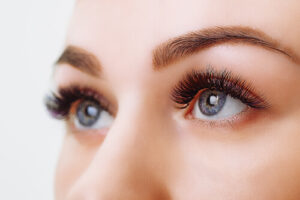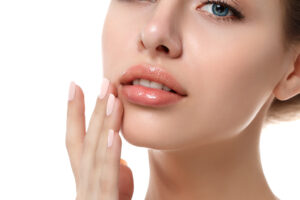Dermal Filler in Thailand
An early sign of ageing is a loss of facial fullness and the development of wrinkles. Today, cosmetic injectables, also called fillers, are the best choice to eliminate or soften the appearance of wrinkles
DERMAL FILLER IN BANGKOK, THAILAND
An early sign of ageing is a loss of facial volume and the development of fine lines and wrinkles. Dermal fillers are substances that are injected under the skin to restore lost volume, improve the appearance of fine lines and wrinkles and plump up the lips.
While injectable fillers do not stop the ageing process itself, they offer a minimally invasive solution to combat early signs of facial aging and may delay the need for more invasive procedure.



FILLER
Different types of dermal fillers
Although dermal fillers provide a very effective anti-aging treatment, the results tend to be only temporary rather than permanent. The effects of many dermal fillers last 6-12 months, while some can last 2-5 years.
Here is a rundown of the most popular types of dermal fillers available:
Hyaluronic acid
Hyaluronic acid is a type of sugar that is naturally present in the human body. The highest concentrations are found in fluids in the eyes and joints.
Sources of hyaluronic acid used in fillers can be from bacteria or rooster combs. In some cases, hyaluronic acid utilised in dermal fillers is chemically modified to make it last longer in the body. The effects of hyaluronic acid usually last between 6-12 months.
Hyaluronic acid is a common filler material for cosmetic lip surgery. It can improve the appearance of your lips by adding volume, structure, and shape. Once injected, the gel in the filler supports and shapes the tissues of the lips.
Hyaluronic acid is a generally safe substance. Because the fillers are made from substances similar to those found in the body, they are unlikely to cause an allergic reaction.
Juvéderm
Just like Restylane, Juvéderm is a dermal filler based on hyaluronic acid. It is considered to be the no. 1 selling collection of hyaluronic acid fillers in the United States. It is used to provide 9-12 months of correction for moderate to severe facial wrinkles and folds.
Juvéderm products come as a smooth consistency gel which is developed using the Hylacross technology to make it smoother and malleable.
For a more comfortable injection, some Juvéderm products contain small amounts of the local anaesthetic lidocaine.
SUGGESTIONS FOR TREATMENT
Once you have decided for treatment with injectable fillers, consult your doctor to determine what kind of fillers are suitable for you. If this is your first visit, your doctor will most likely suggest a non-permanent filler based on collagen or hyaluronic acid.
If the results are not what you expected, the filler will vanish over the course of a year. If you are satisfied with the effects, a semi-permanent filler may be a good option for the second treatment.
For the first treatment, your doctor will suggest unmovable areas of your face, for example, the chin. The forehead, cheekbones and other locations should be avoided to reduce the risk of filler material spreading to other areas.
It is advisable to keep the substance package after the treatment and to only use the services of a licensed doctor with experience and a good reputation.

What to Expect Before and During Your Treatment
As with any other treatment that involves incisions or injections into your skin, make sure to inform your doctor if you are using any substances that may prolong bleeding or bruising. These include drugs such as aspirin, or ibuprofen, or naproxen.
Patients on immunosuppressive therapy are advised to be cautious due to the possibility of increased infection risk. Patients who are pregnant, breastfeeding, allergic to any of its ingredients or suffer from any neurological disorder should not use injectable fillers.
Avoid dental work at least two weeks before treatment and one month following treatment. Oral surgery should be prevented at least four weeks before and after receiving injectable transplants.
Arrive at your doctor with a clean face and no makeup. You may bring your makeup to apply after your treatment. To avoid extra bruising, do not drink alcoholic beverages 24 hours before (or after) your treatment.
To increase your comfort during the treatment, a topical anesthetic may be applied to your skin. In some cases, a local anesthetic will be injected into or around the area(s) to be treated.
Recovery
Recovery times can vary for each patient and for the type of filler injected. Typical side-effects include minor bruising or swelling around the injection site, but this will subside after a few days to a week. Applying an ice pack wrapped inside a thin cloth once you get home can help reduce swelling and bruising in the treated area.















